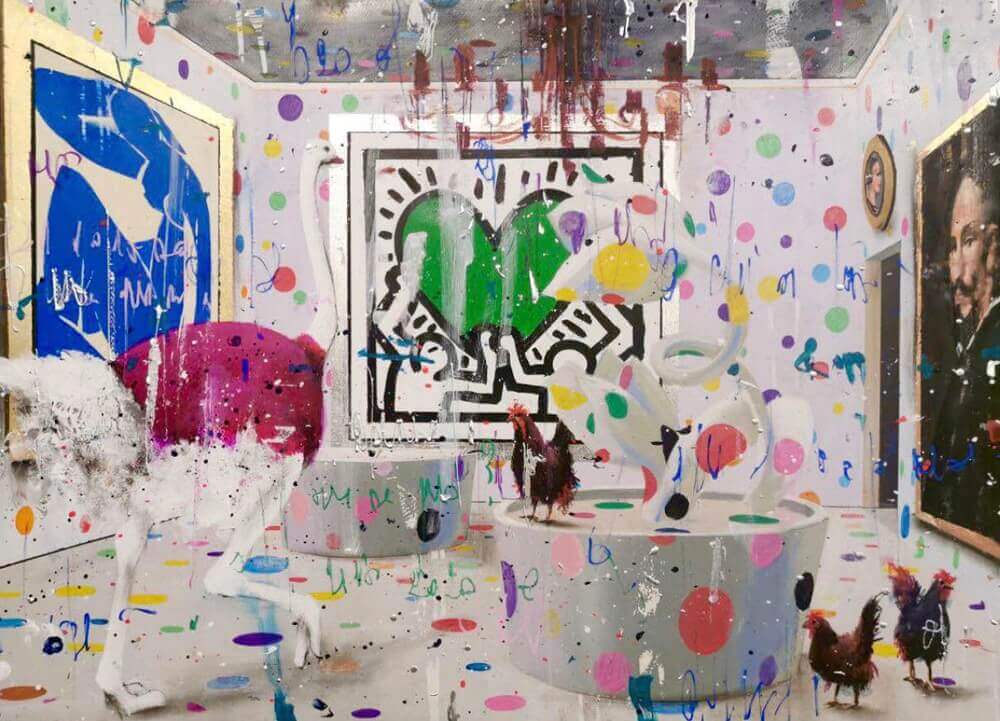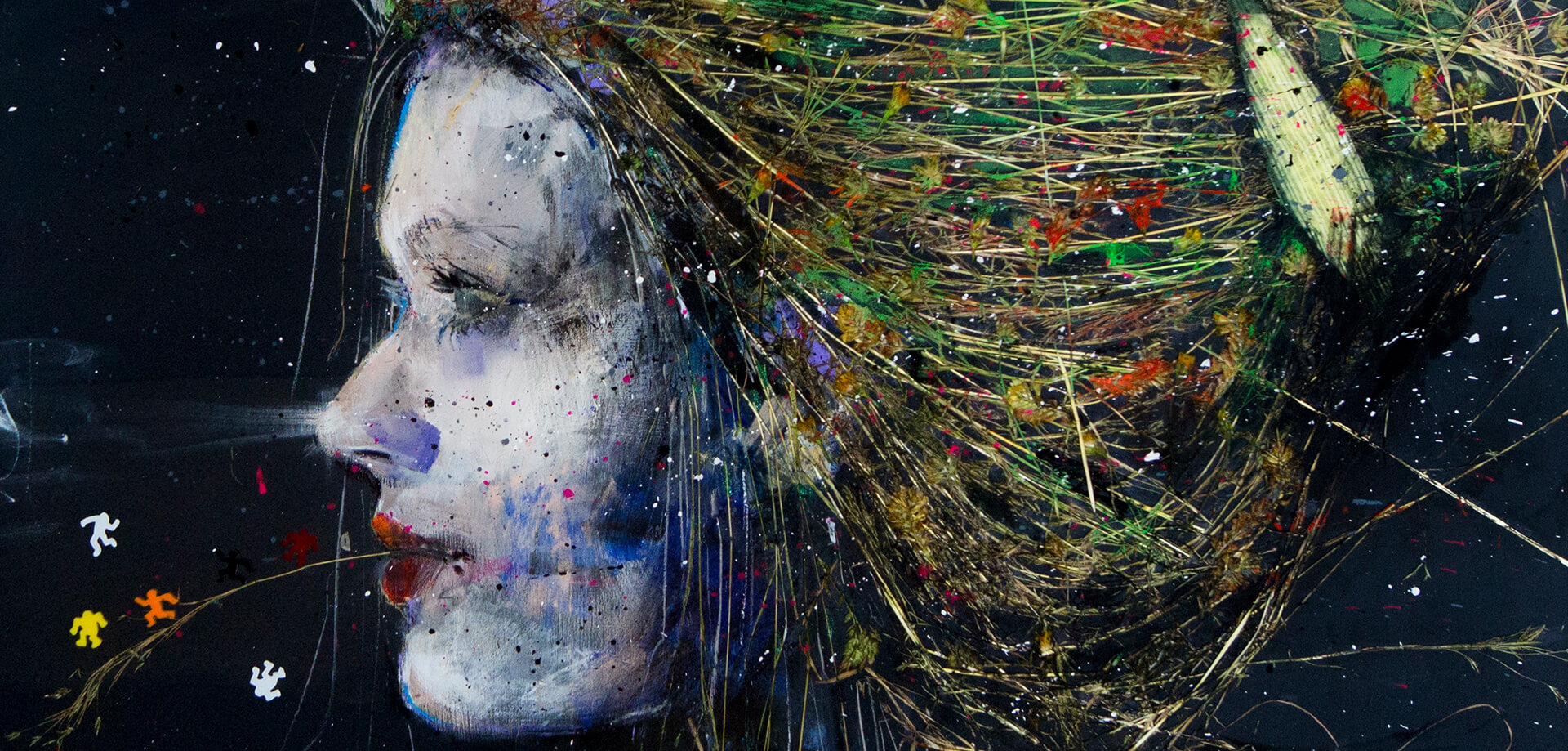Oil Painting Vs. Acrylic
There are few things that are more relaxing than the act of creating something. Whether it’s making a new painting, a sculpture, or doing some papercuts, it’s an activity that lets you explore your own creativity, and the results are very satisfying. But do you need to paint with oil, or can you do it with cheaper acrylic paints? Let’s explore the differences between each medium.
What Is Oil Painting?
Painting is an ancient art form with many forms. One of the most popular of these is oil painting. Oil painting is a flexible medium that allows for diverse materials, including canvas, wood, metal, and paper. Oil paints are not only beautiful but are also durable, waterproof, and fade-resistant. They can be used to paint both products and portraits. The possibilities are seemingly endless.
What Is Acrylic Painting?
Acrylic painting, as the name implies, is a method of painting that involves the use of acrylic paint. Acrylic paints are water-soluble and synthetic and are used to paint on different surfaces such as canvas, paper, metal, and plastic. Due to their high drying qualities, acrylic paints can be handled and applied with fewer steps as compared to traditional watercolor paints.
Difference Between Oil and Acrylic Paint
Well, both are fine art techniques, but do they produce similar results? The answer is yes and no. Oil painting is an ancient technique that has stood the test of time. It involves making a primary (major) painting on a large canvas.
The canvas is then covered with multiple layers of pigment that are applied with a brush. Acrylic painting is an art technique that involves no paint. Instead, the artist makes an image by spraying paint onto a piece of paper. The artist then transfers the image to canvas or another surface.

Everyone knows about oil painting and acrylic painting. The difference is that the first one is executed by painting on a big wooden panel, then placing it on a table and touching it with a brush that has been dipped in pigments.
Acrylic paints are mixed with a special resin, and it is applied on a support such as canvas, plastic, etc. With this method, it is possible to create a painting with a much higher resolution, a wider range of colors, and greater depth. This is a great advantage for a painter who wants to have a finished work in a relatively short period of time.
Is Acrylic Better Than Oil Painting?
As the art world embraces the latest trends and fashions, such as using vibrant acrylic paints, oil painting is slowly but surely gaining popularity as a viable art form. The recent explosion in the popularity of painting in acrylic has seen a surge in popularity for this medium and has seen varying levels of success among the public. While it has been commented on and appreciated for its ease and accessibility, it has also been criticized for its supposed lack of “depth” and “true” pigmentation, for its lack of “real” canvas, and lack of “real” paint.
Which Lasts Longer Acrylic Or Oil Paint?
It is a fact that oil paintings can last forever, and it is a fact that acrylics can only last 2-3 years. So, obviously, oil paintings are better than acrylics, right? Well, not necessarily. While oil paintings provide a smooth, hard finish, acrylic is the more affordable way to create a one-of-a-kind work of art. It is also relatively easy to repair acrylic paintings, so they are great for beginners. Deciding which kind of painting is best for you can sometimes be confusing, so here are some tips for you to choose the right kind of painting for you.
What Are the Advantages of Using Acrylic Paint Over Oil Paint?
Acrylic paints are a great choice for a beginner or intermediate artist, as they offer a lot of versatility, including being able to transform your painting from sketches to finished pieces in a matter of minutes. What’s more, they can be applied easily and do not require as many layers as oil paint, so the results are often better. In addition, acrylics can be easily cleaned, while oil paints require a more careful approach.
Which Is Easier Acrylic or Oil Painting?
Oil painting and acrylic painting are two techniques for creating artworks on canvas. Oil paints vary in consistency and hardness and do not dry as quickly as acrylics. However, they tend to be more expensive and require more painting mediums and brushes.
Acrylics, on the other hand, can be applied without brushes and dry quickly. However, they tend to be less stable and prone to cracking and fading. Which one is better? It all depends on your personal preferences.

Are Oil Paintings More Expensive Than Acrylic?
Oil paint has traditionally been considered to be of higher quality than acrylic. However, this may not always be the case. A painting’s value is not simply governed by its material but by the skills and experience of the artist, like Angelo Accardi, and the uniqueness of the piece.
An oil painting that is created by a master will be more valuable than one created by an amateur. A painting by an artist who is not yet discovered may be valued more than a popular one by an established artist because the former will reflect aspects of the artist’s personality and experience.
What Happens If You Paint Acrylic Over Oil Paint?
Many people are intimidated by the idea of mixing oil paint with acrylic because the two media are so different. But, when painting over oil paintings, it is generally not a decent idea to combine them together on your palette before you apply them to the canvas.
Acrylic paint is thinner, so it tends to work better for drippings or other motions involving thin layers of paint. Oil paint is thicker, so it’s less likely to run or bleed with such movements and is also better suited for blending and layering. When painting over oil paintings, it is generally not a great idea to mix them together on your palette before applying them to the canvas.

Can I Mix Oil Paint with Acrylic?
If you’re an oil painter, you may have wondered whether you can mix oil paints and acrylic paints together on the palette before applying them to the canvas. The answer is that it’s not a perfect idea to mix oil paints and acrylic paints together on your palette before applying them to the canvas. It is okay to paint oils over acrylics, but never paint acrylics over oils.
SELECTED ARTWORKS

Availability and Price
I'd like to receive future updates and newsletters









